Artists cultivate community
– or at least a stronger sense of it. I’ve heard stuff like this before, but it wasn’t until our trip to Vermont a month ago I saw the real truth of it.
Vermont’s pretty cool. I’ve never been somewhere that’s both country and hippy at the same time, redneck and beatnik, and somewhere in between too. And pretty expensive. Evidently a lot of money has come into the area from New Yorkers and New Englanders who’ve discovered Vermont as a perfect getaway from big city life. They buy up land and houses and spend vacations there.
The same thing’s happened in places like Cape Cod, the Eastern Shore of the Chesapeake Bay, the Hawaiian islands, and New Zealand. And that’s just the places I’m familiar with. I’m guessing it’s happening everywhere. People make big money in the city, then spend it in the more rural, but more beautiful areas where it’s worth more. Another side-effect of the globalization process. Or is it called something else when it happens regionally?
What you notice right away is the strong sense of self that Vermont has. Everything is ‘made in Vermont’. Everything is milk and cheese and chocolate, maple syrup and covered bridges. Maybe it’s due to tourism, or the government’s good branding of the state, but whatever it is, it happens on a local level, among local businesses and artists. And you can’t help but get caught up in the Vermontness: everything clean, simple, natural, pure. Everything’s green and blue and sunshine. Big red barns, black and white cows, tall snowy mountains.
I’ve seen this kind of local-level branding in other places too. Maui and New Zealand’s South Island are good examples I think. It’s like the people in those places know what makes them and the place they live different, unique, special, and they celebrate it.
I believe these things exist in every area of the world, in every place and every group of people. There are memes that are buried in the social current, rich deposits waiting to be dug up and displayed. And when they do come to the surface, it shows the richness of culture and community already there, and then helps both to grow even deeper. Of course, as with all things, this beautiful process can be exploited for greed and completely corrupted until it’s something really awful and the locals scoff because they know they’ve been commercialized.
This is all kind of vague, so here’s a case in point: I’ve spent the better part of my life in Orlando, and Orlando is as good an example as any of a place that hasn’t gotten this. Disney World is not Orlando’s brand. The theme parks could easily be a part of the brand, but a place has to be more than its tourist attractions if you want to cultivate a sense of community.
I made a list of things I’ve learned to love about Orlando a while back, and those are things that will touch something below the surface. Really, it’s the stuff people miss about a place when they’re not there that is worth painting about, singing about, telling stories about, or making toys and clothes and restaurants and businesses about.
So, if you notice paintings on the walls of your favorite Orlando restaurant showing scenes of tourists at the airport, rainy afternoons at the theme park, Spanish moss hanging over lakes, kids leaving school to go to the beach, or the city lights over Lake Eola at night, it means someone has gotten it: artists cultivate community, or at least a stronger sense of it.

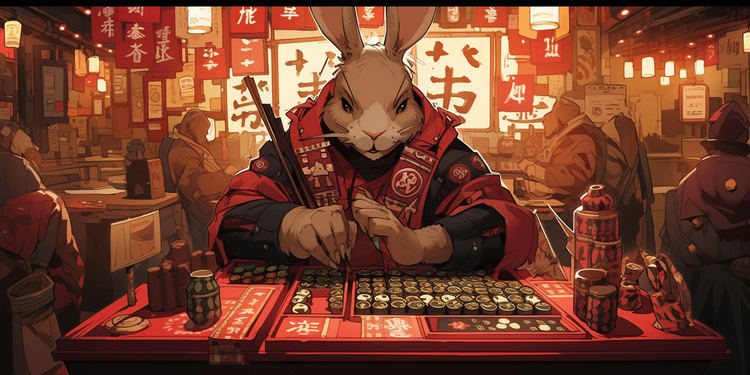
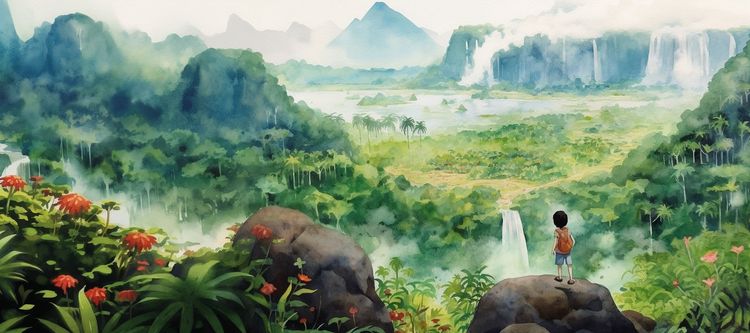
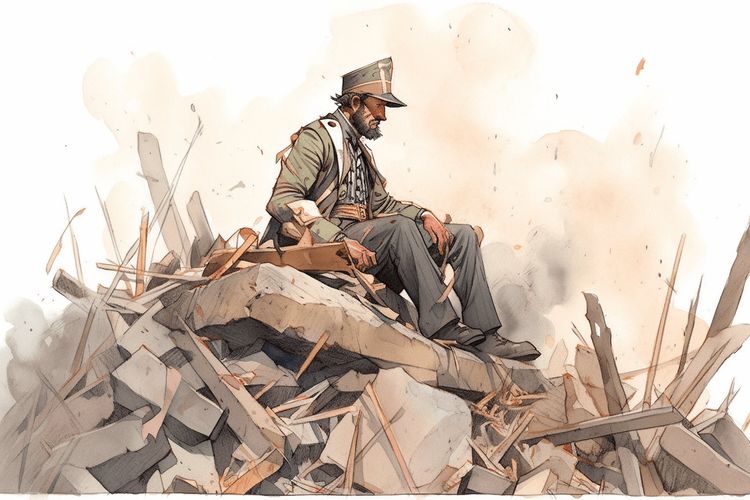
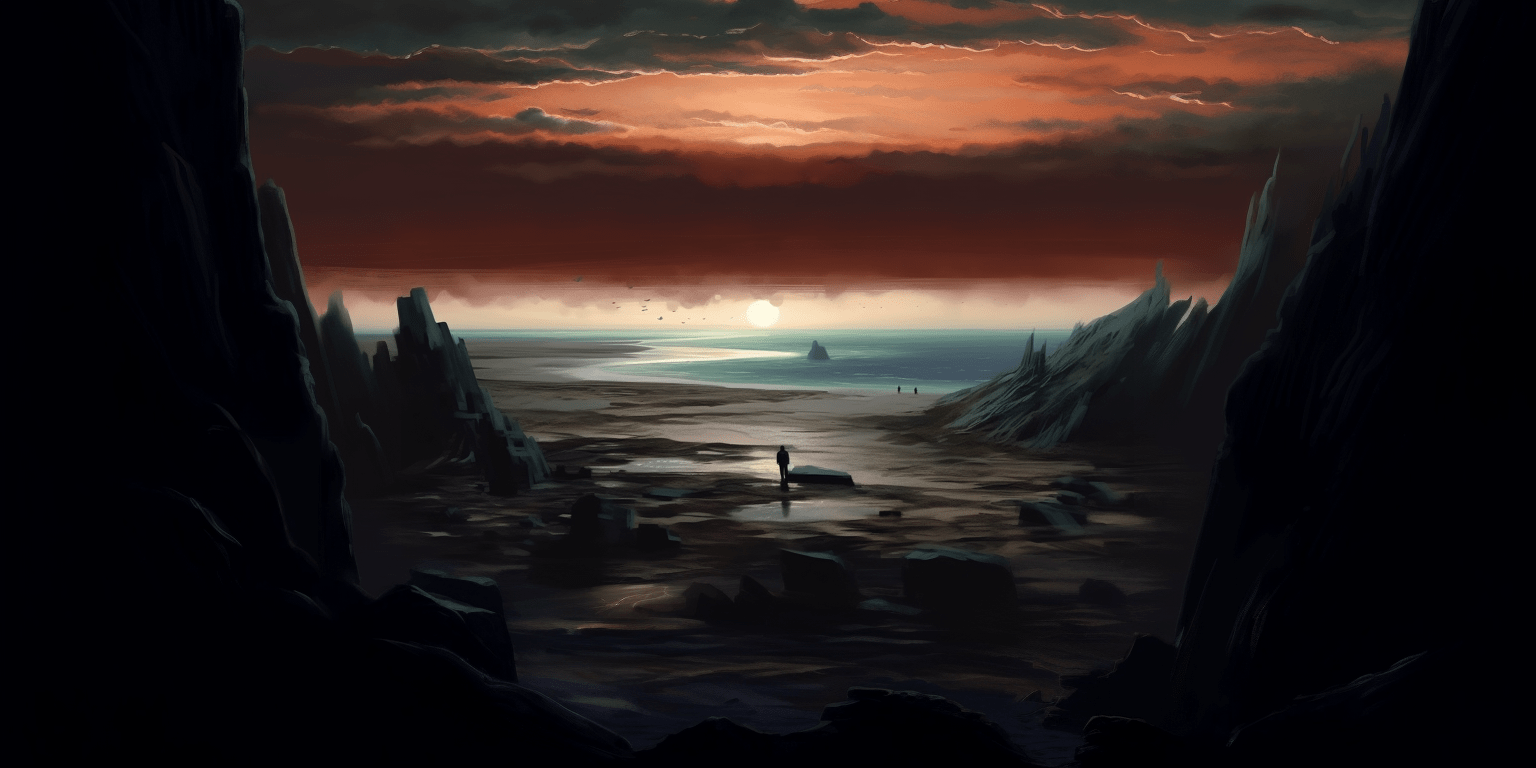
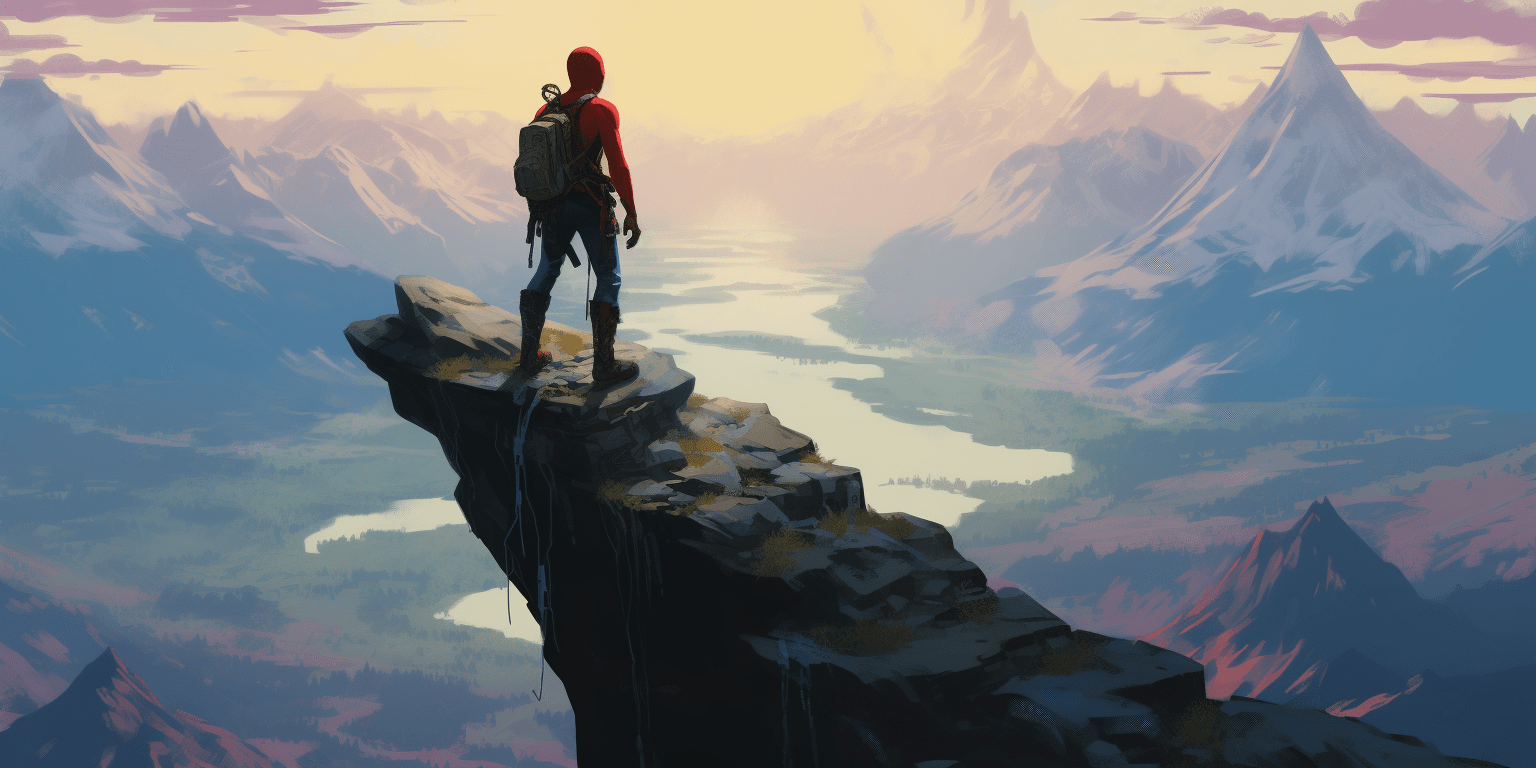
Member discussion